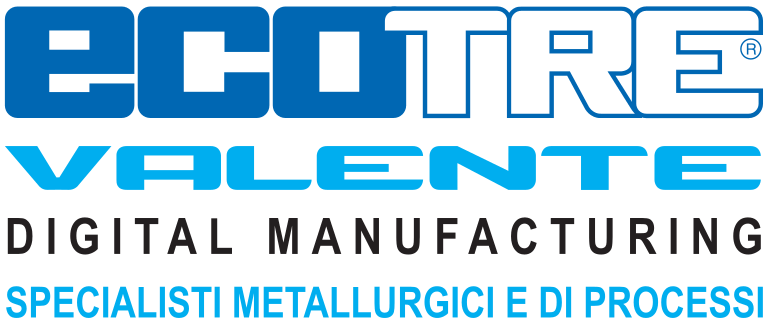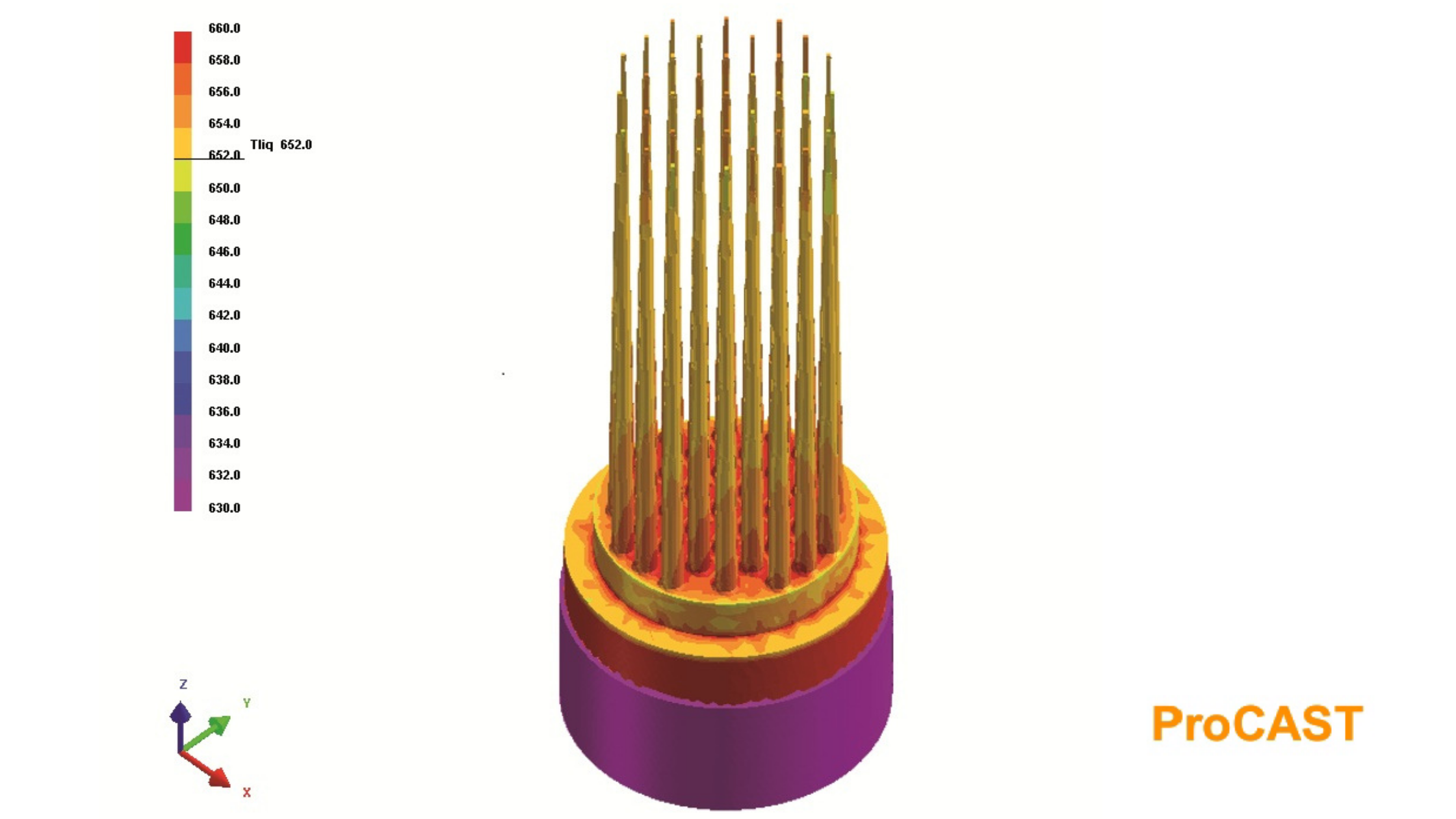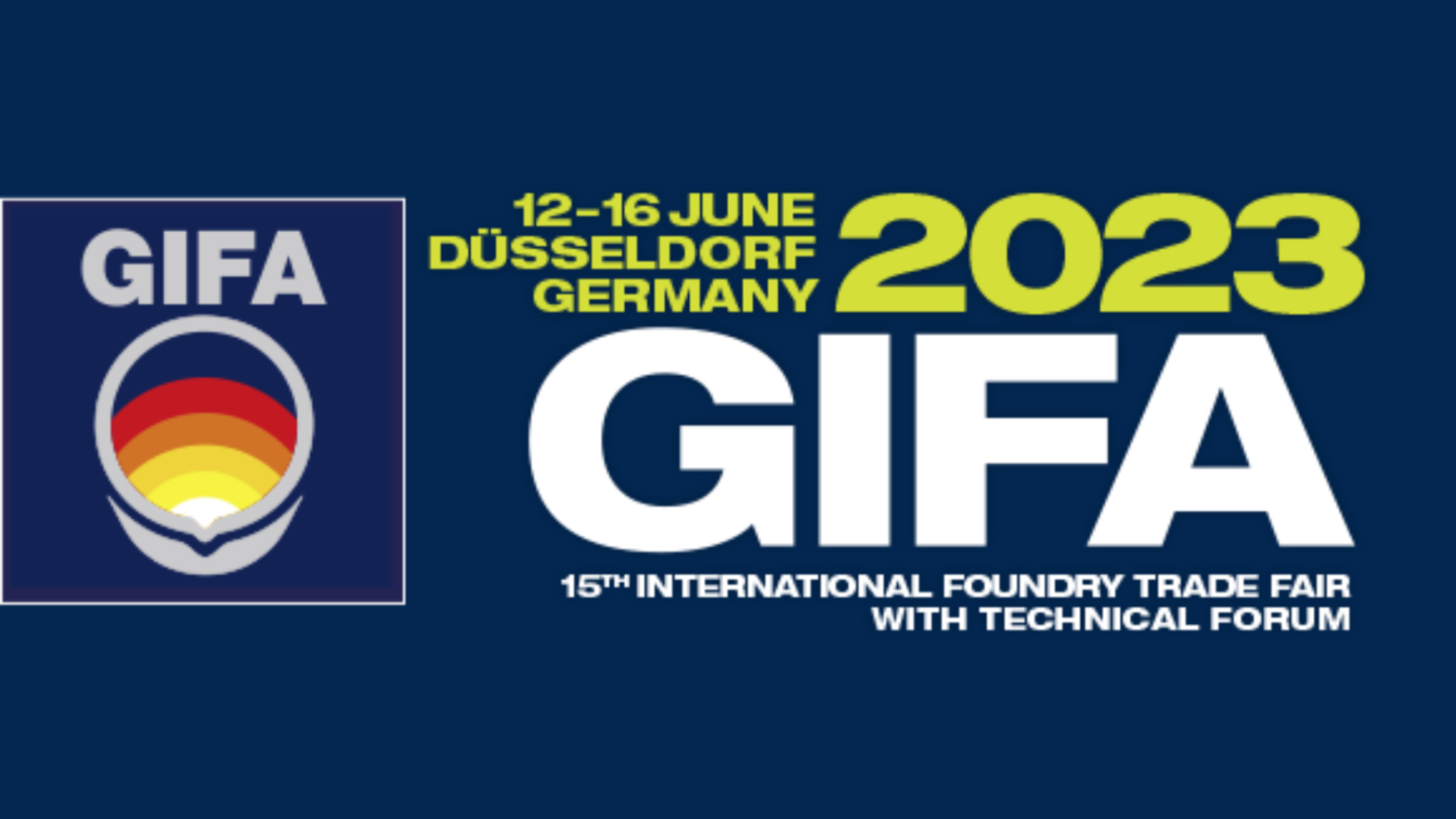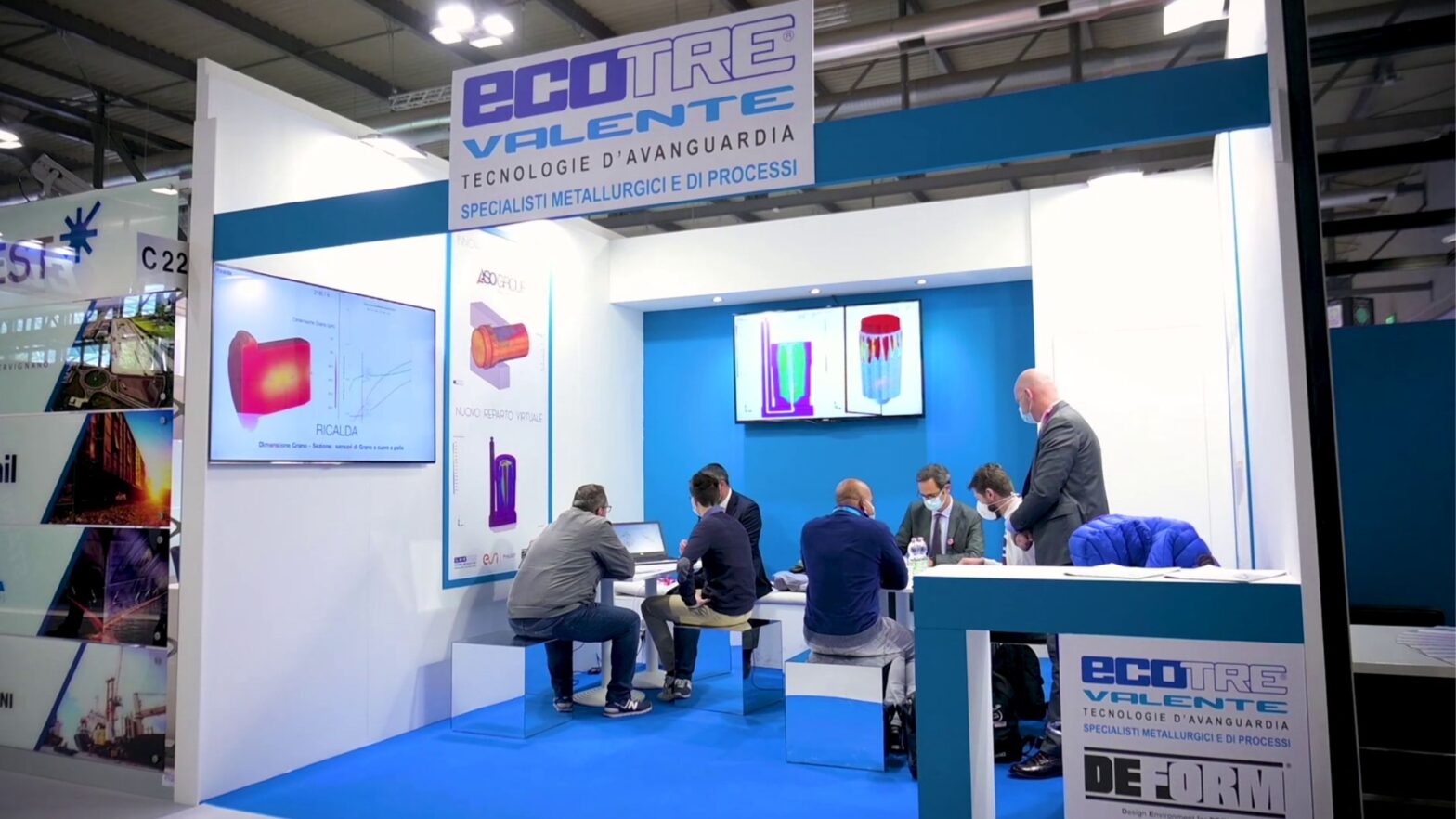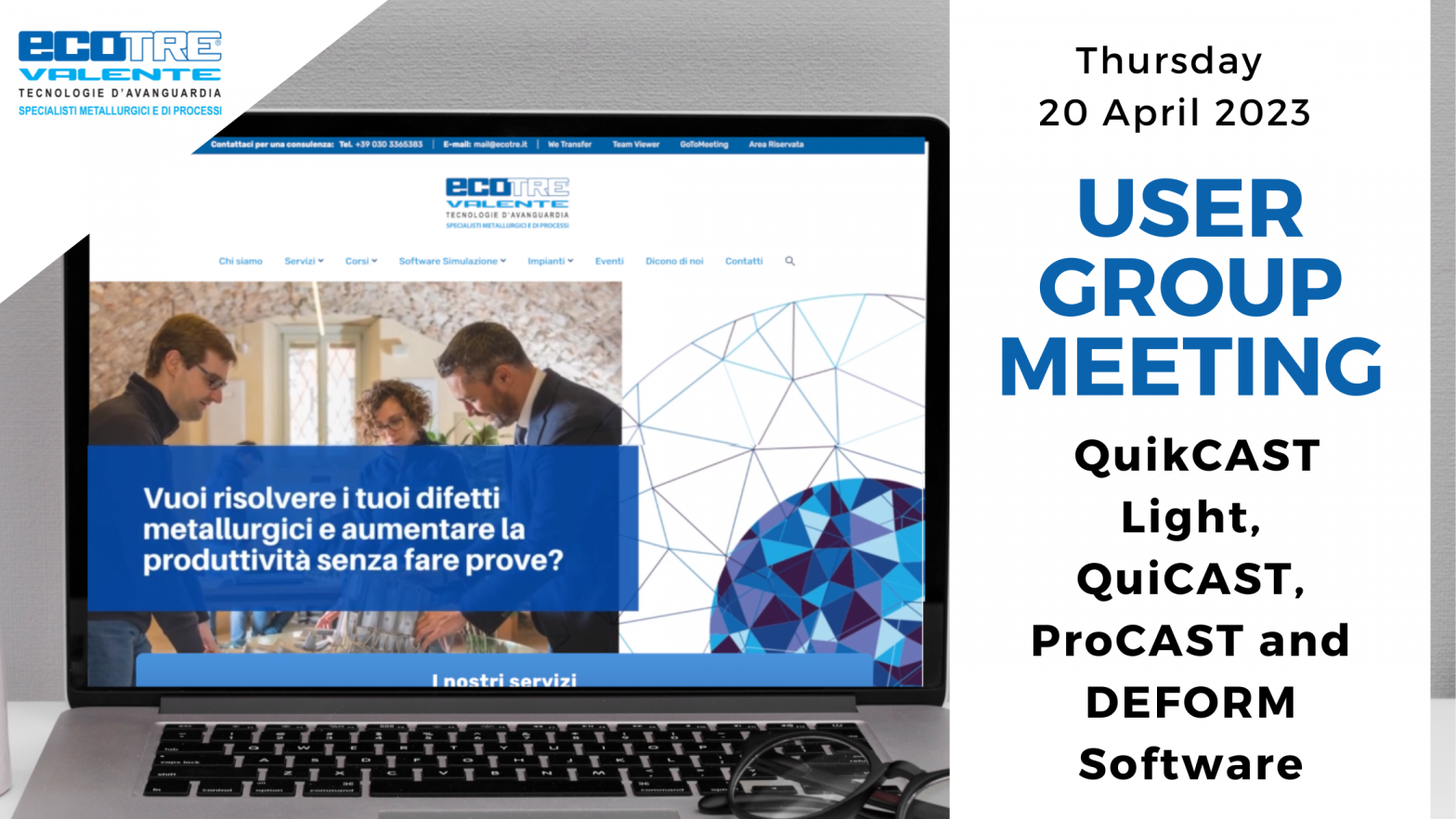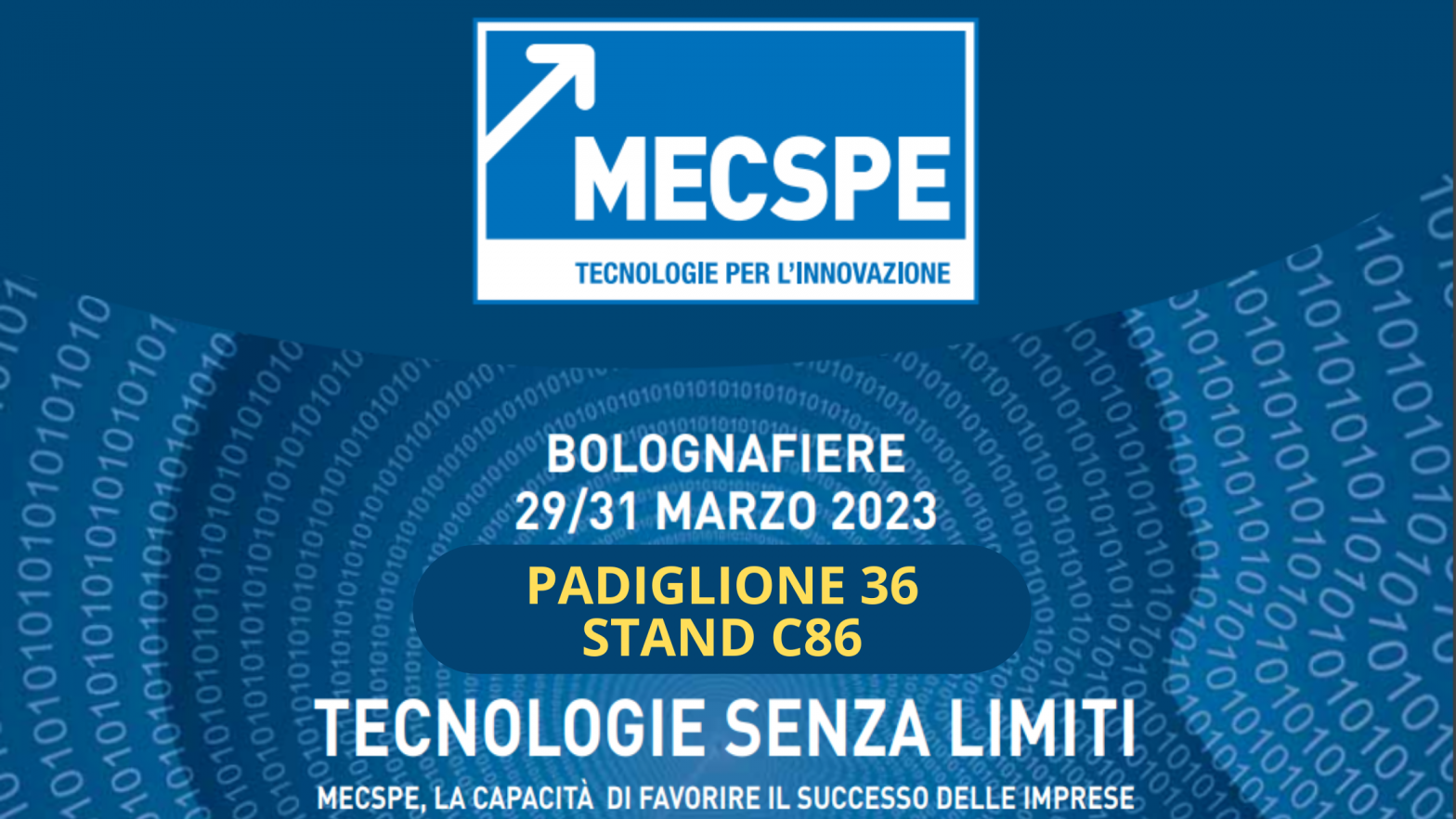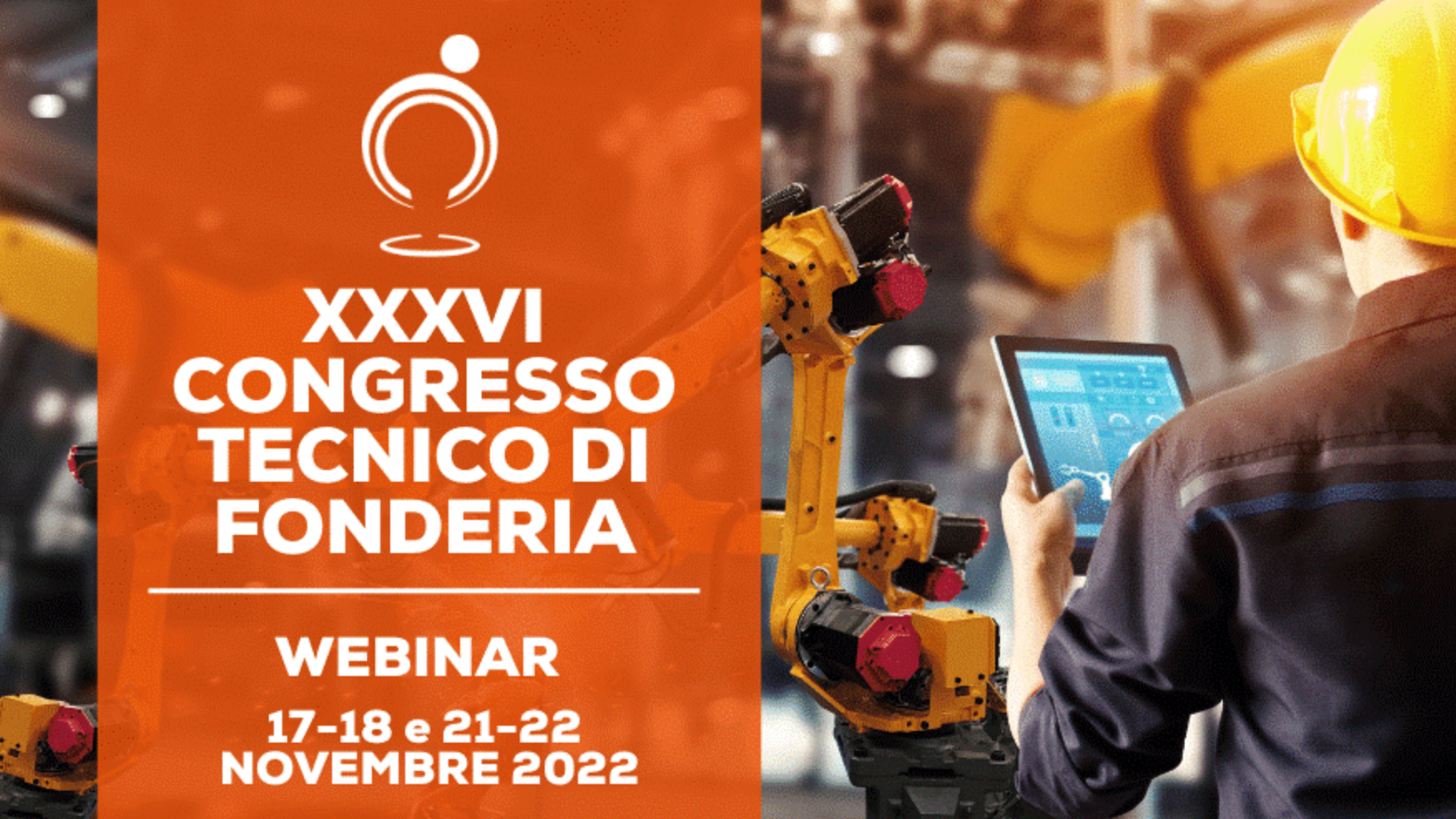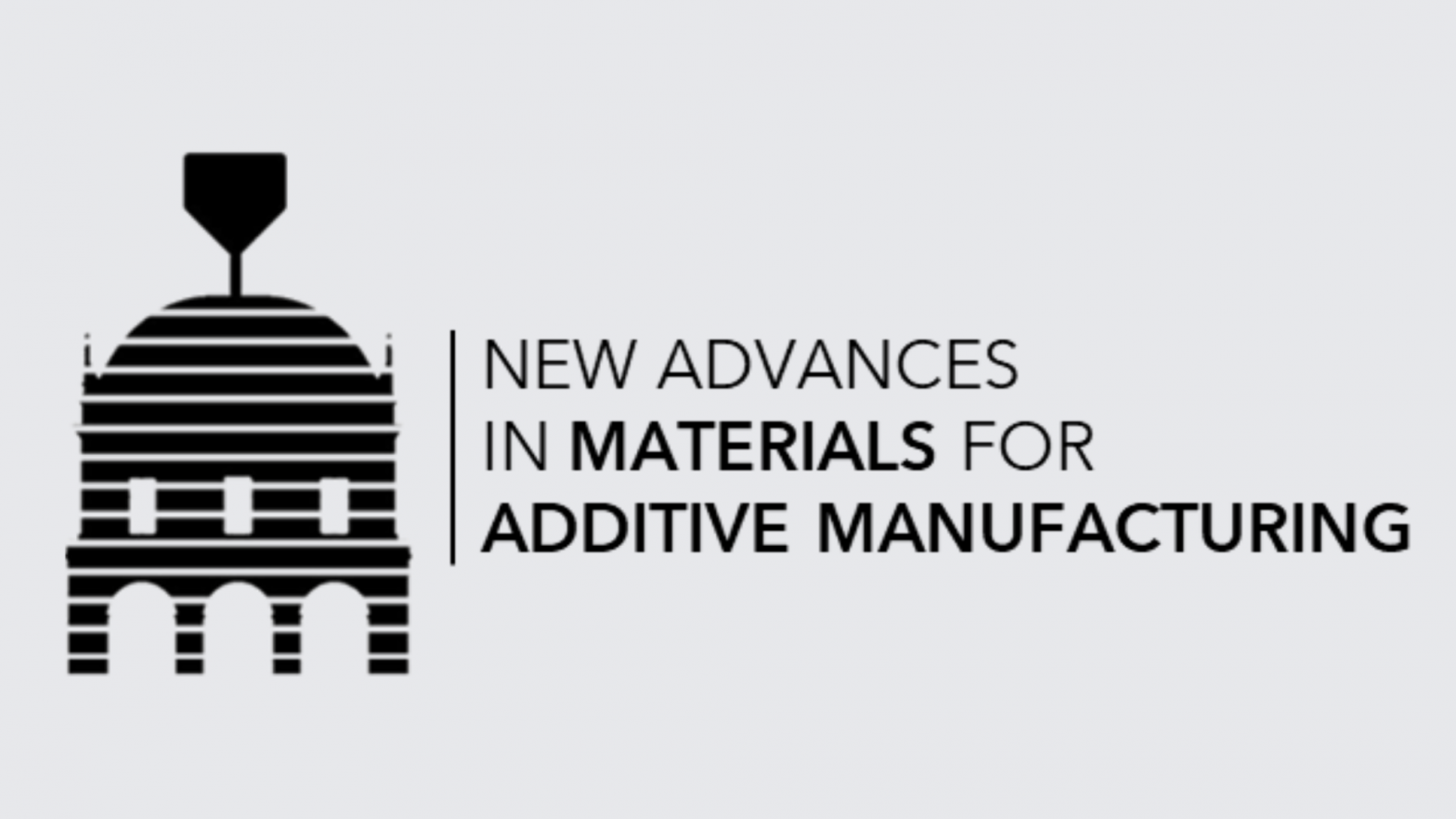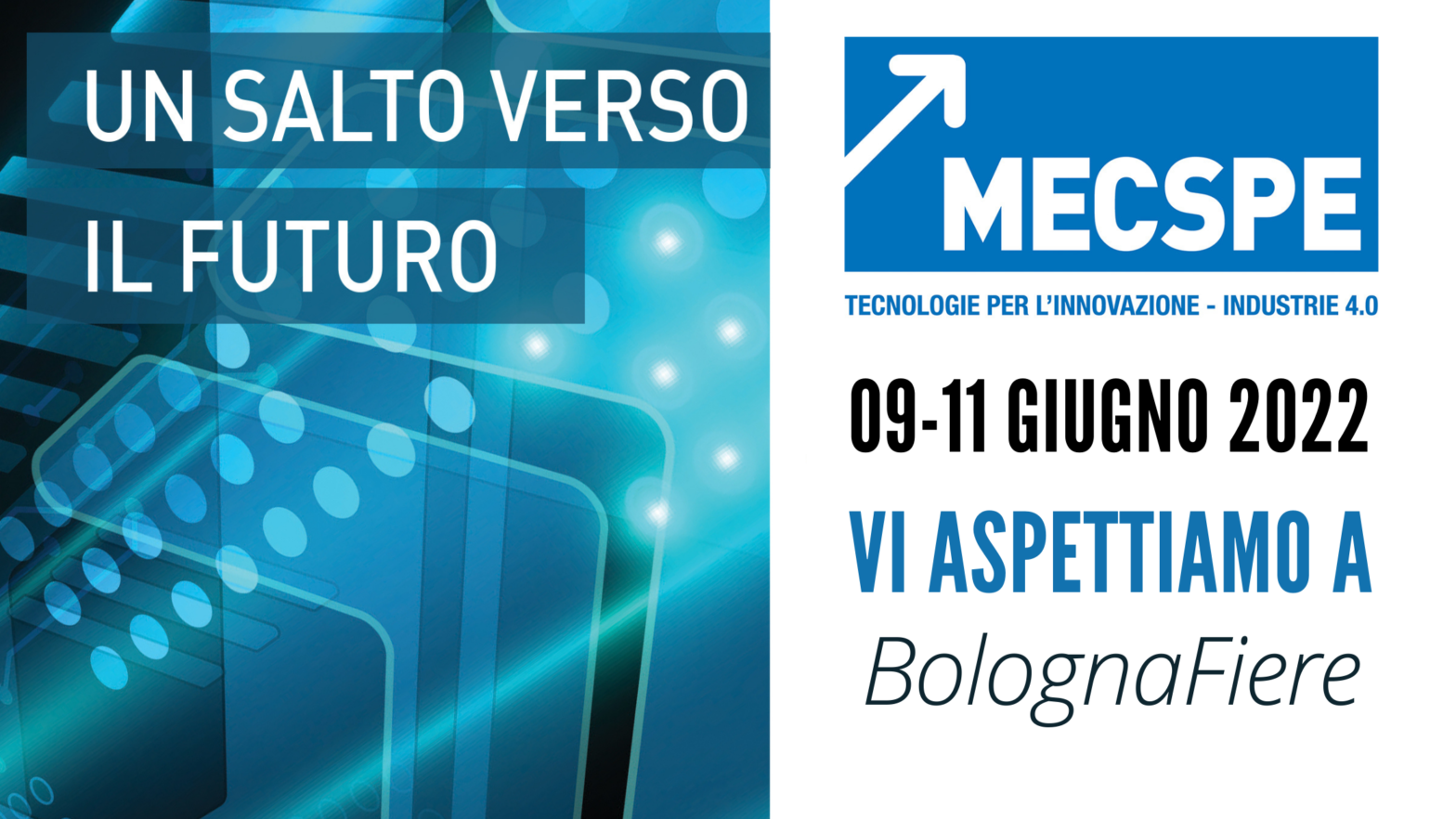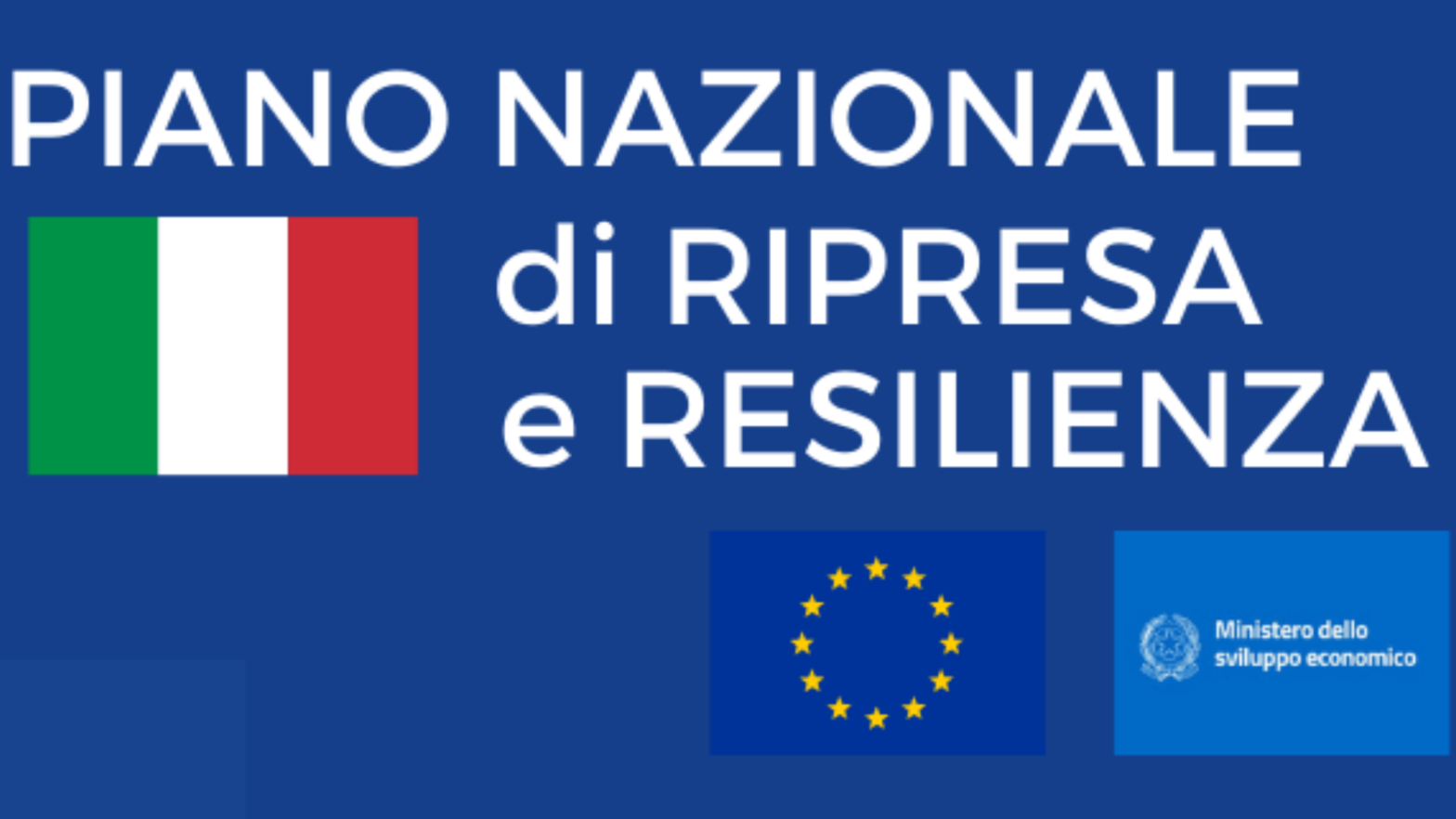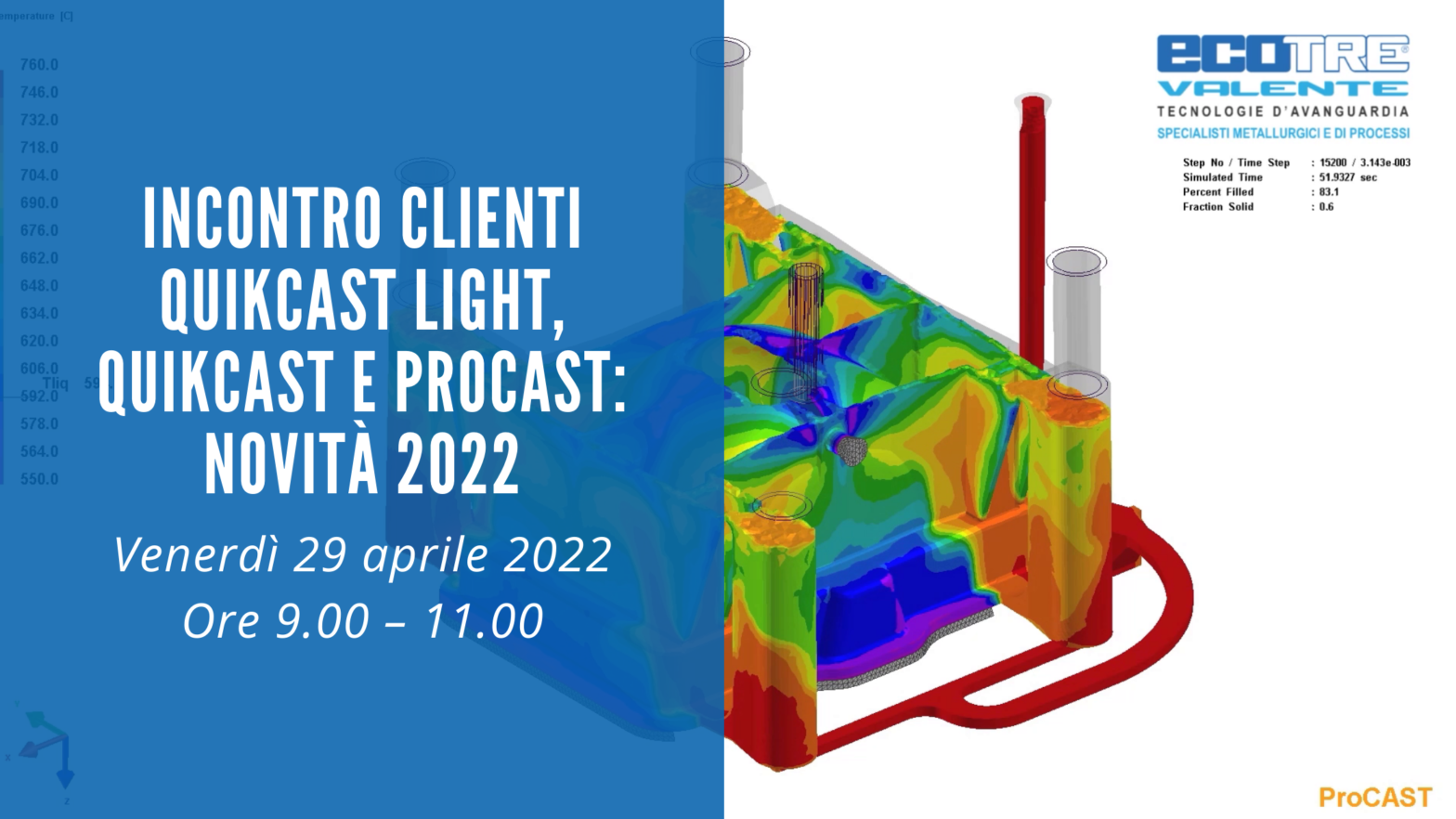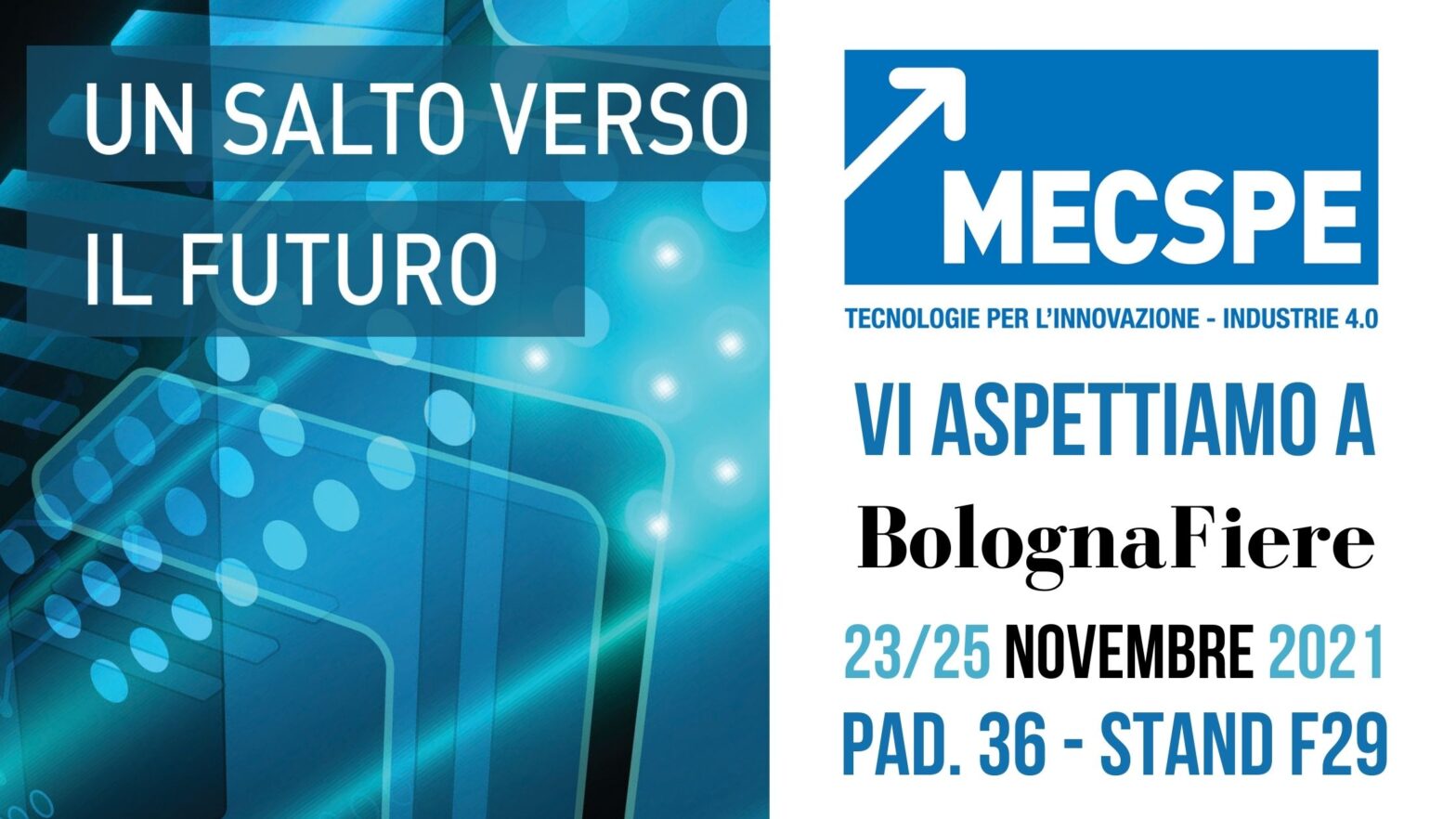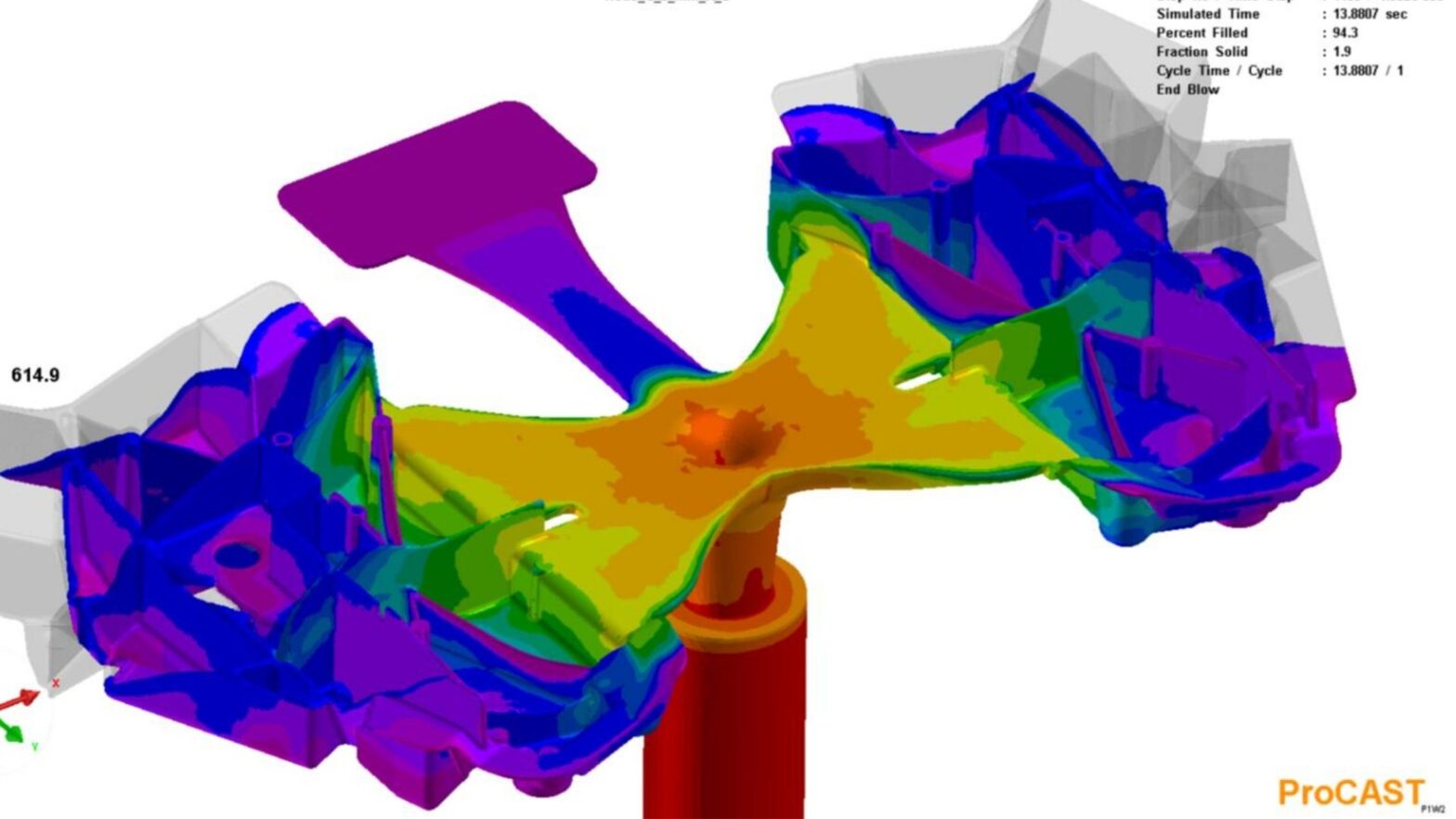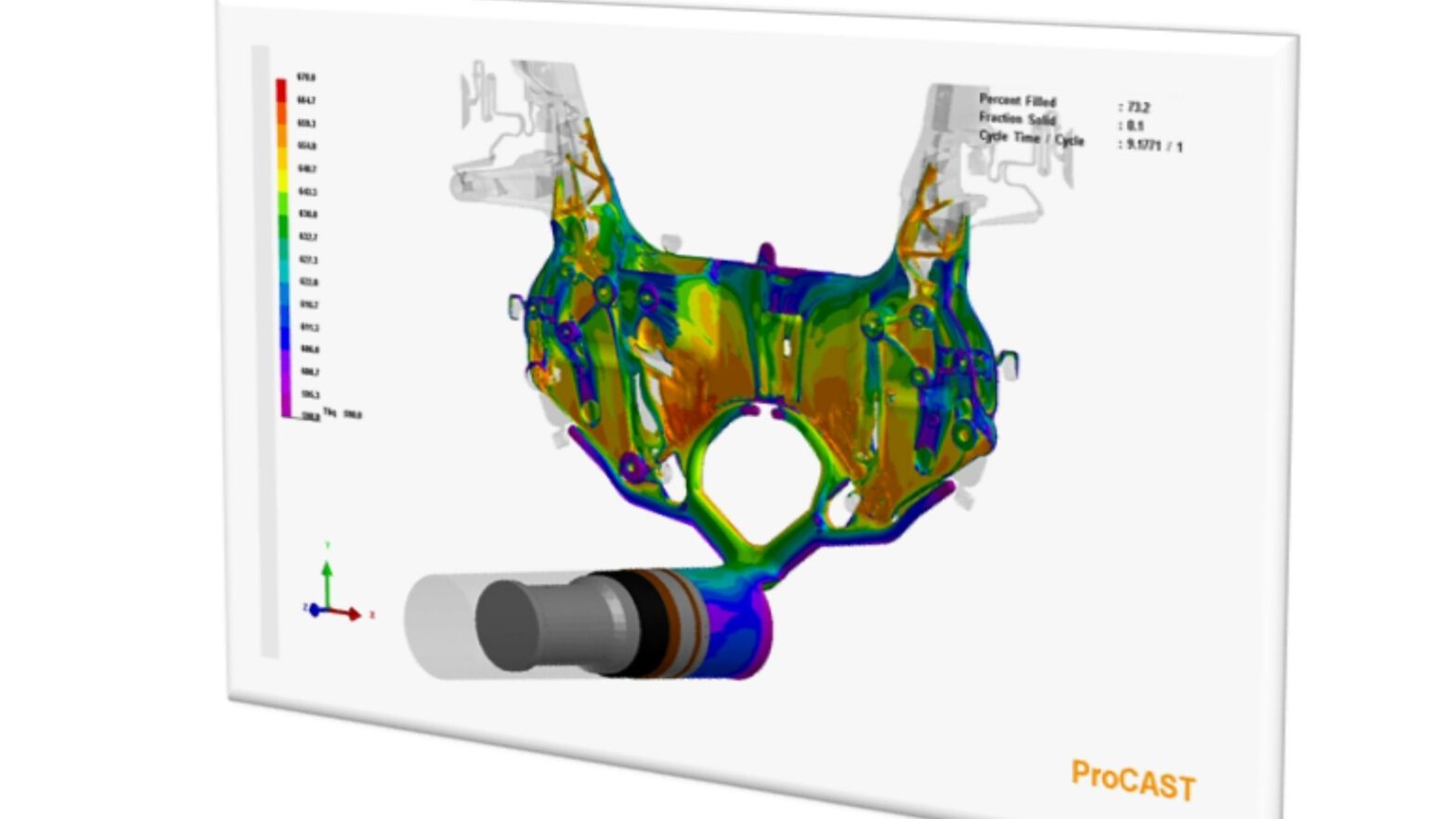QuikCAST and ProCAST Software Benefits
- Quality improvement
- Optimization and saving in the design
- Improvement of production
- Enhanced precision
- Flexibility of use
- Reduction of calculation times
- Reduction of production rejects
- Saves money
Liquid Forging: What it is
The liquid forging process is a light alloys melting method that entails application of a very high pressure on material in the liquid state during solidification, thus bringing the metal from the liquid state of the solid state of the desired shape. Cycle times are shorter and there is a structural integrity without porosity and rejects and an excellent microstructure due to the rapid solidification of the metal
Liquid Forging Simulation: How it works
Simulation of forging in the solidification stage of the alloy poured in the liquid state: during solidification simulation, the progress of the solid part is calculated and used to predict shrinkage positions, taking into account application of the pressure as in a forging process.
The main challenge of the simulation software suitable for liquid forging is that of being able to accurately represent filling of the mould, its solidification and the cooling behaviour of a forged liquid part. This prevents wasting material and time during production, helps in reducing or eliminating changes to the equipment, thus considerably saving energy and the costs of materials and tools.
ProCAST’s liquid forging simulation process provides an accurate representation of the entire process, including functions to analyse the filling behaviour of the molten metal, the effect of backpressure due to intake systems, solidification and the formation of shrinkage porosity.
The benefits of the liquid forging simulation are improved workpiece quality, a reduced development stage, saving energy, material and equipment costs, a simulation process design and streamlining tool that helps develop the best conditions suitable for production in real-time.
Simulation is an efficient solution for the technical challenges posed by the new market opportunities that this hybrid process creates.
For the purchase, hire or a DEMO of the software or if you want to take advantage of a simulation service specially-made by our technical department, write or call us at +39 030 3365383
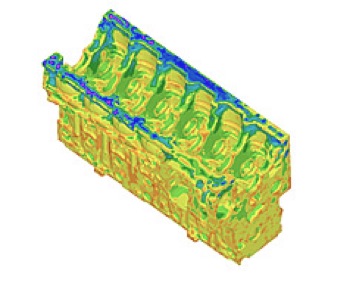
ELONGATION
The software can provide the elongation % map
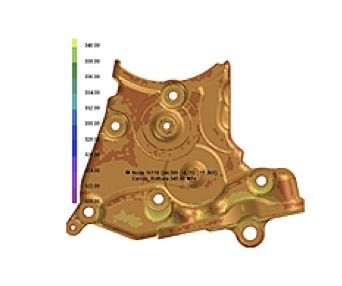
ULTIMATE TENSILE STRENGTH
The simulator provides the map of the Ultimate Tensile Strength of the Component “As Cast” and after Heat Treatment
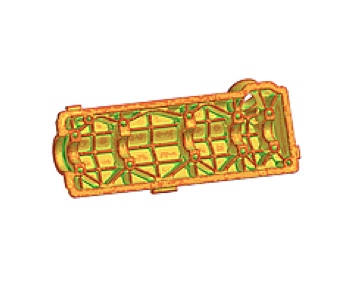
YIELD STRESS
The simulator provides the map of the Yield Stress of the Unfinished Component and after Heat Treatment
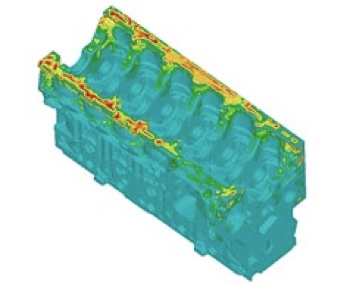
HARDNESS
The simulation can indicate the Hardness that can be obtained and its profile through its thickness
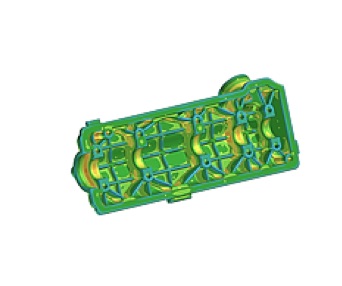
SDAS
The casting simulator shows the map of the SDAS (Secondary Dendrite Arm Spacing), a useful indicator of component performance
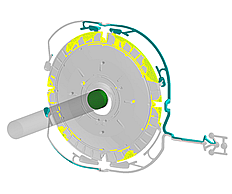
GAS POROSITY
Map of Porosity from Gas encapsulated during filling. Reduction of mechanical and bonding performance of the component
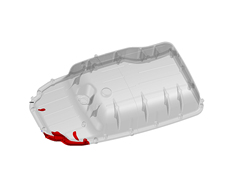
OXIDES
The alloy oxidizes during filling and the simulation points out where the oxides hide and where they move during filling
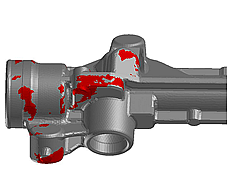
DELAMINATIONS
The simulator shows the delaminations, related to imperfect bonding of the alloy during filling
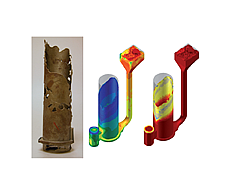
INCOMPLETENESS
Incomplete pieces or with joinings and retrieved lines
Undersized gating system or incorrect gas exhaust
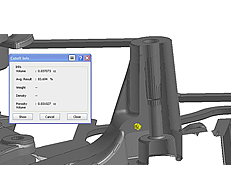
SHRINKAGE POROSITY
Map of Shrinkage Porosity.
Geography and Dimension of defect in mm3.
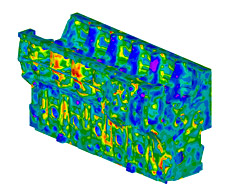
CRACKS
Map of hot and cold cracks on casting
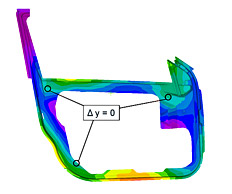
DIMENSIONAL
Dimensions and deformations of piece during solidification, extraction, cooling, blanking and any heat treatment
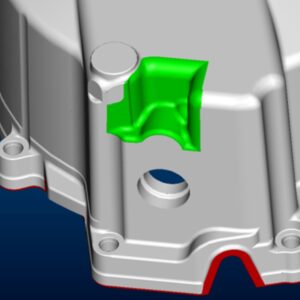
CO-DESIGN
Eliminate defects by acting on the causes and not on the effects
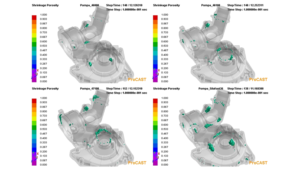
ALLOYS
Impact of the alloy on the mechanical features and on the defects
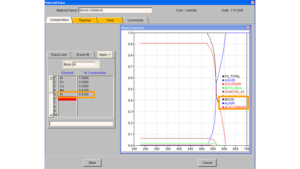
CHEMICAL ANALYSIS
QuikCAST Light, QuikCAST and ProCAST characterise the alloy initiating from the chemical analysis. Assessment, for example, of the consequences of the addition of 200 ppm of Strontium
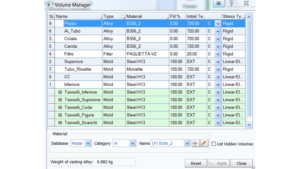
DATABASE
Complete archive of mould steels, sands, cores, insulation and exothermic sleeves, chillers, shells

DESCRIPTION
The simulation allows you to set a preview of the ideal process parameters for production of the component. This way the actual sampling underwent a positive result by eliminating fine tunings for the correct set of process parameters. Furthermore, the Optimizer Module of the software automatically defines the minimum and maximum ranges of the parameters guaranteeing the consistency and stability of the process.
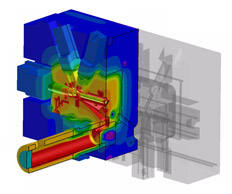
DIE
The casting simulation shows the thermal die cycling simulation, the conditioning or thermal circuits, lubrication, deformation and die duration
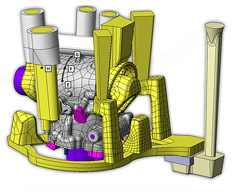
PLATE
Optimization of the plate, positioning of the chillers, sleeves, filters and die assembly of the cores. Maximum yield.
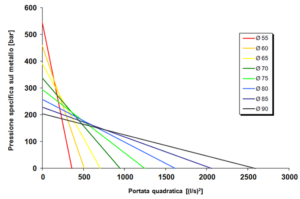
CASTING MACHINE
The casting simulation allows you to know the required casting machine and therefore the tonnes necessary
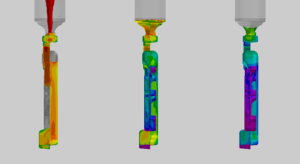
SYSTEM
Simulation of the entire injection cycle, complete with container, riser tube, tipping, automatic, manual system
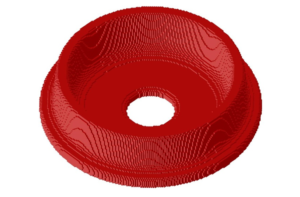
FINITE VOLUMES
The finite volumes or Finite Differences Technology is the introductory technology to casting simulation.
QuikCAST and QuikCAST Light
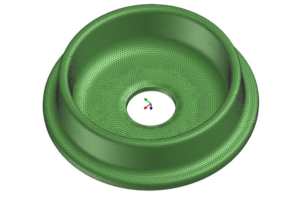
FINITE ELEMENTS
The Finite Elements Technology is the top technology that provides the maximum performance of the casting simulator.
ProCAST
